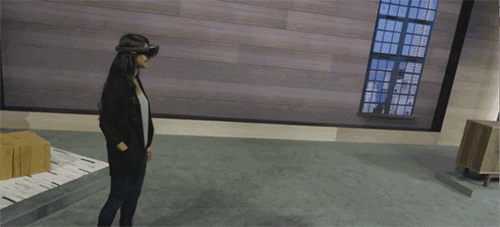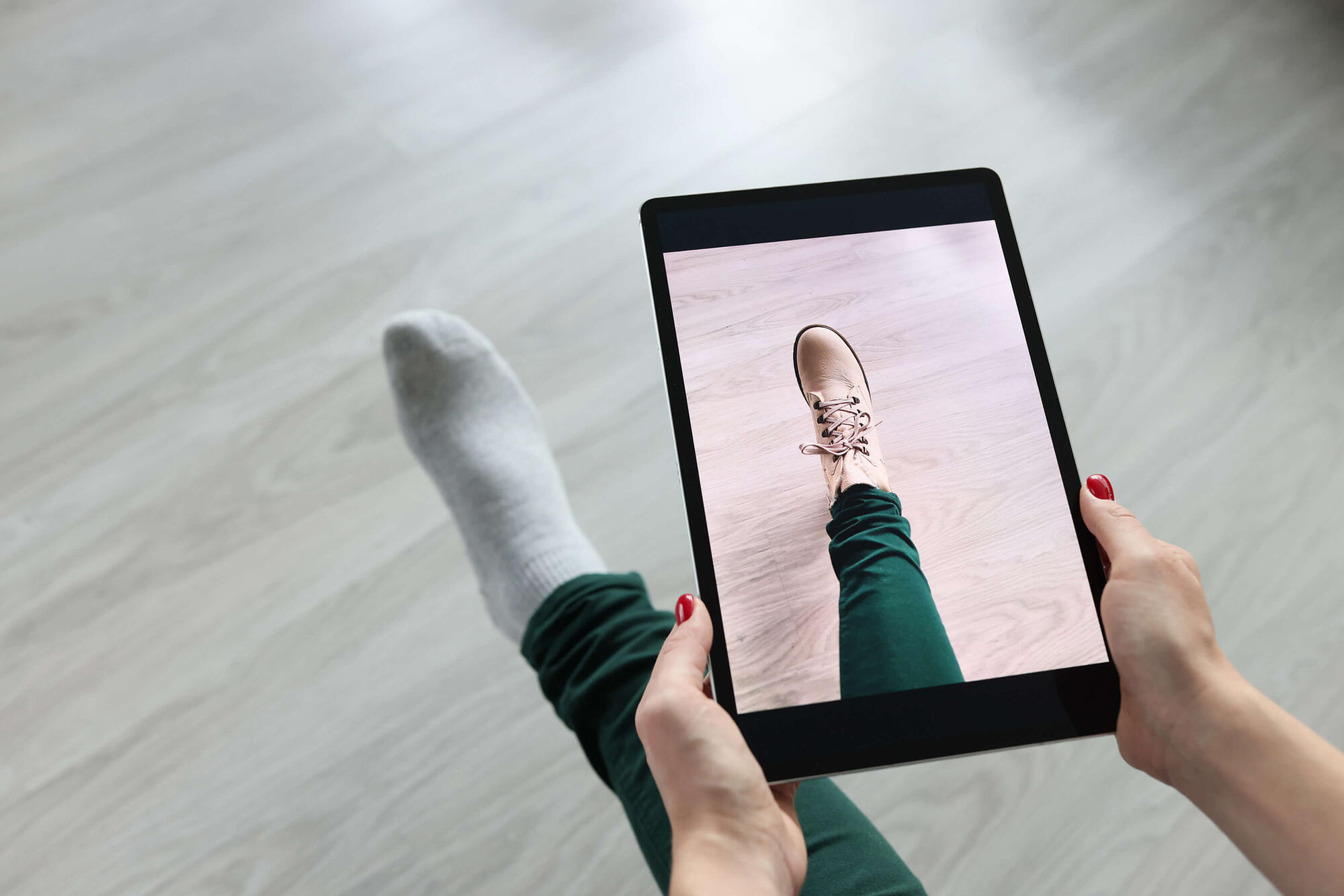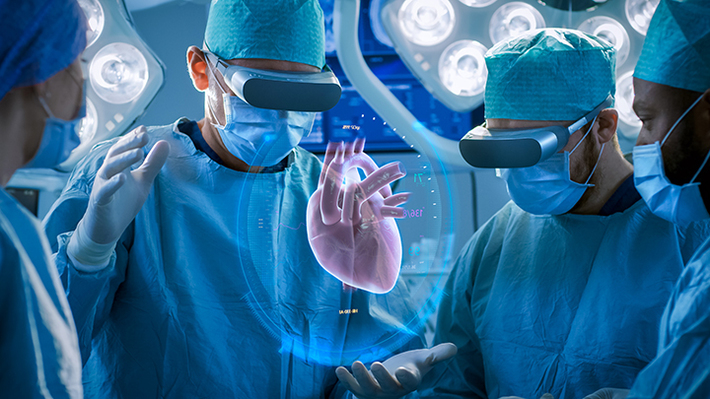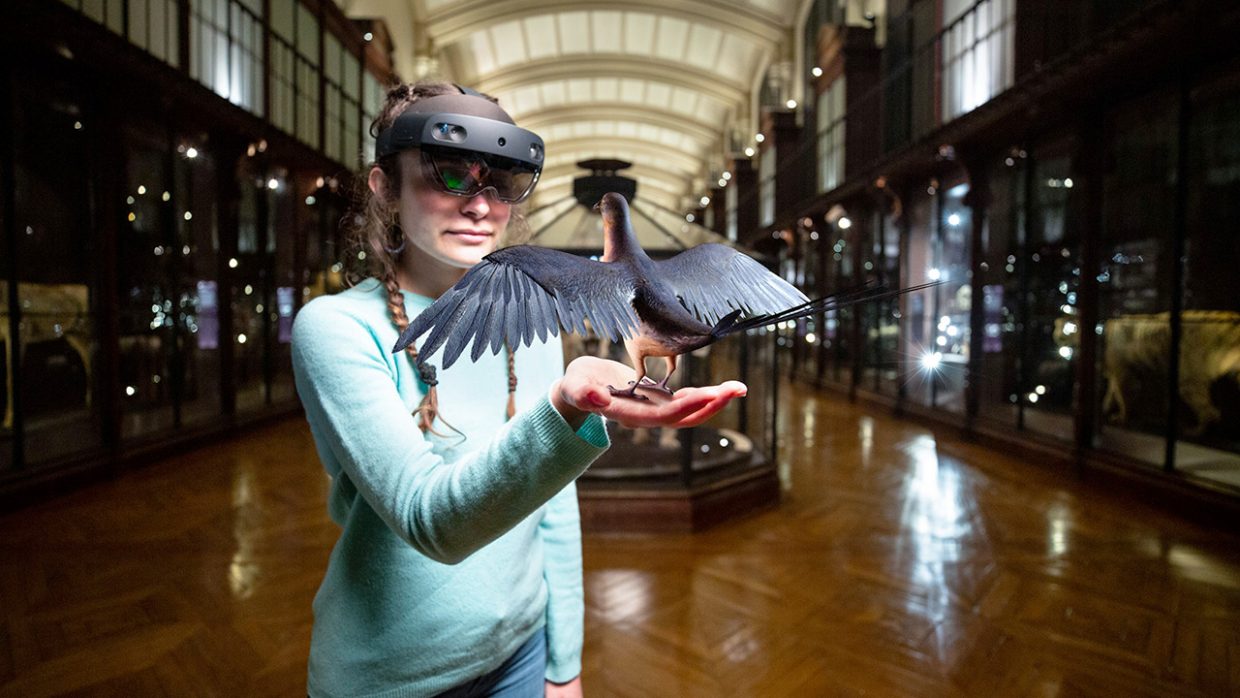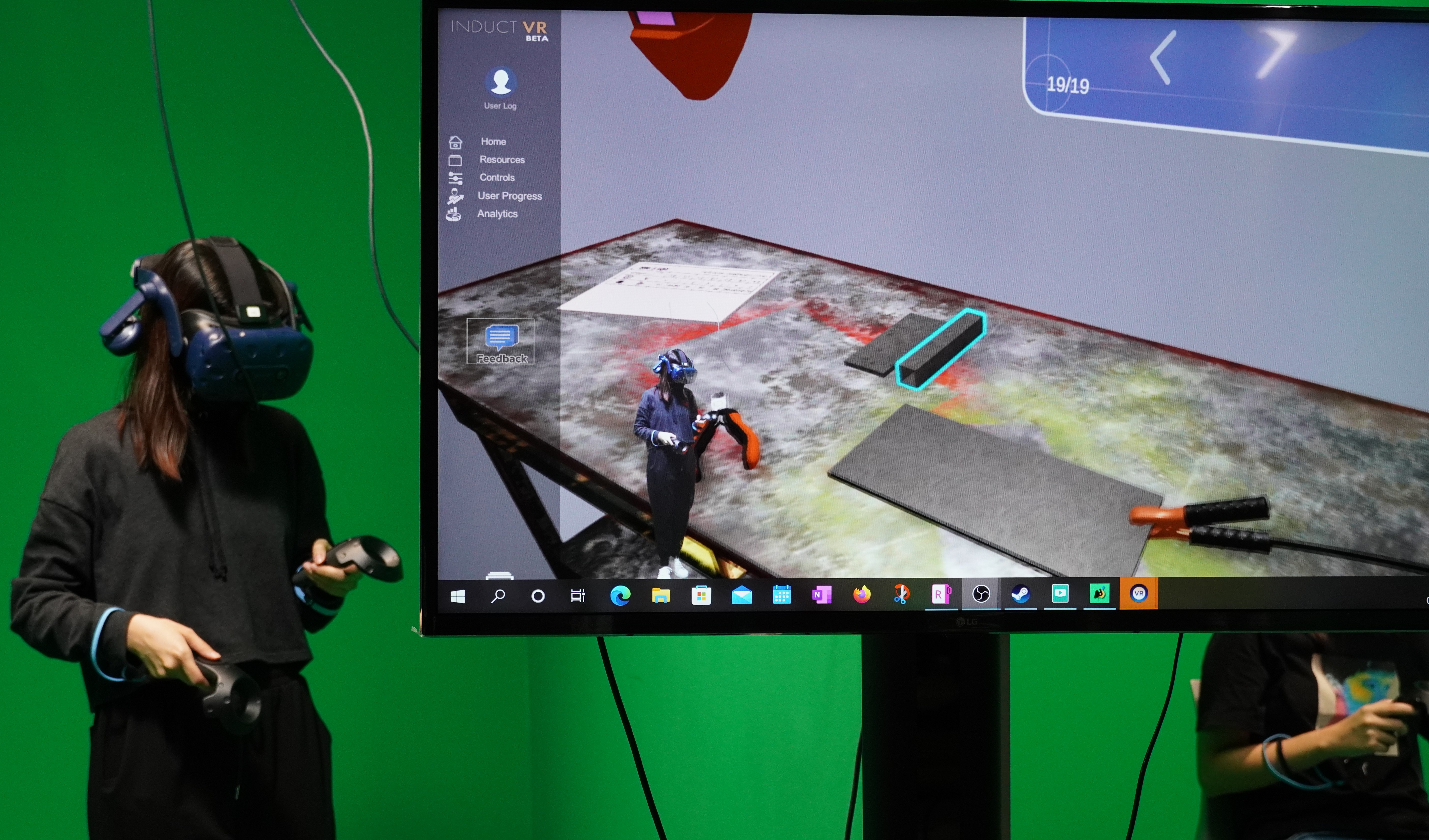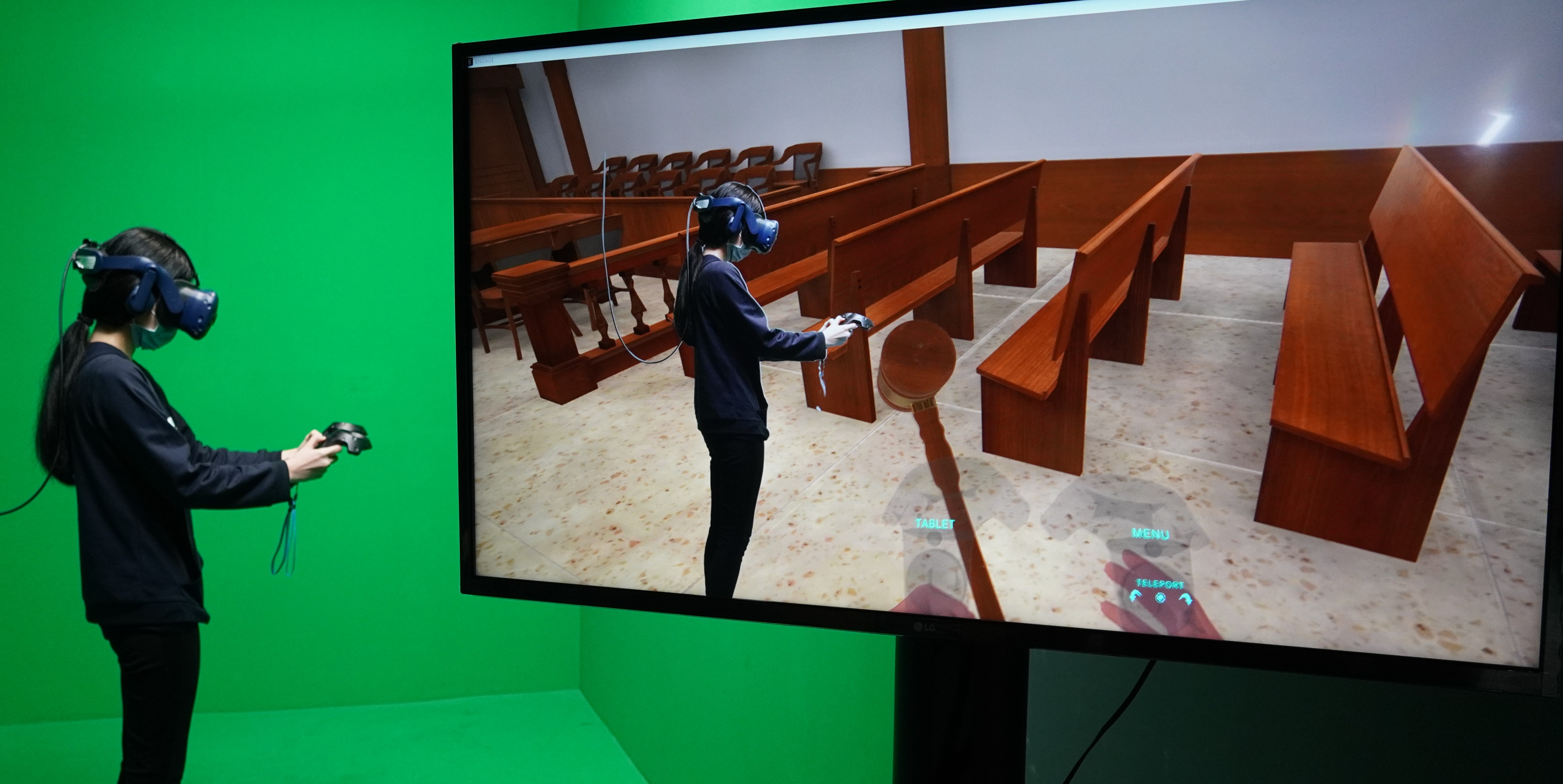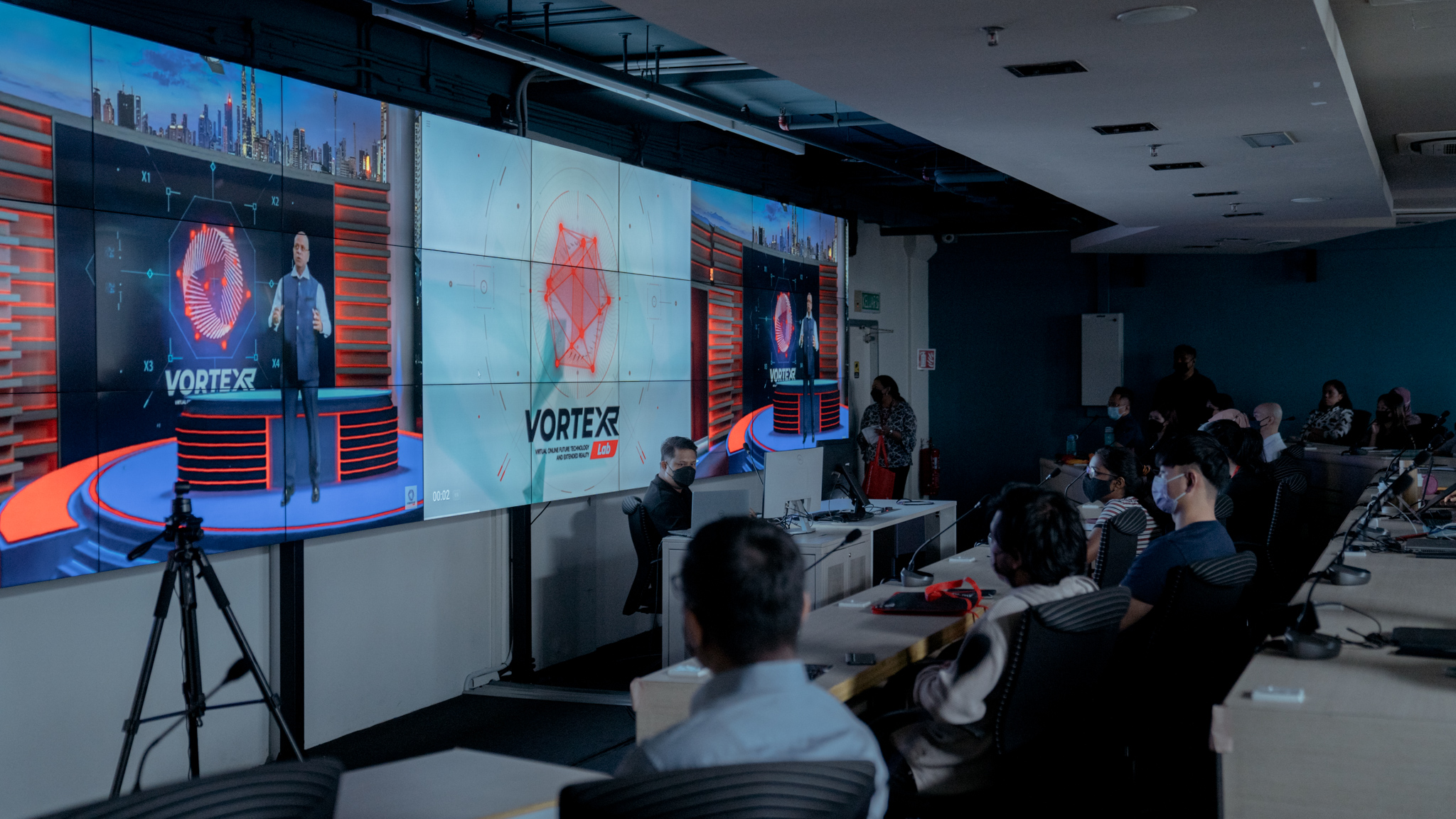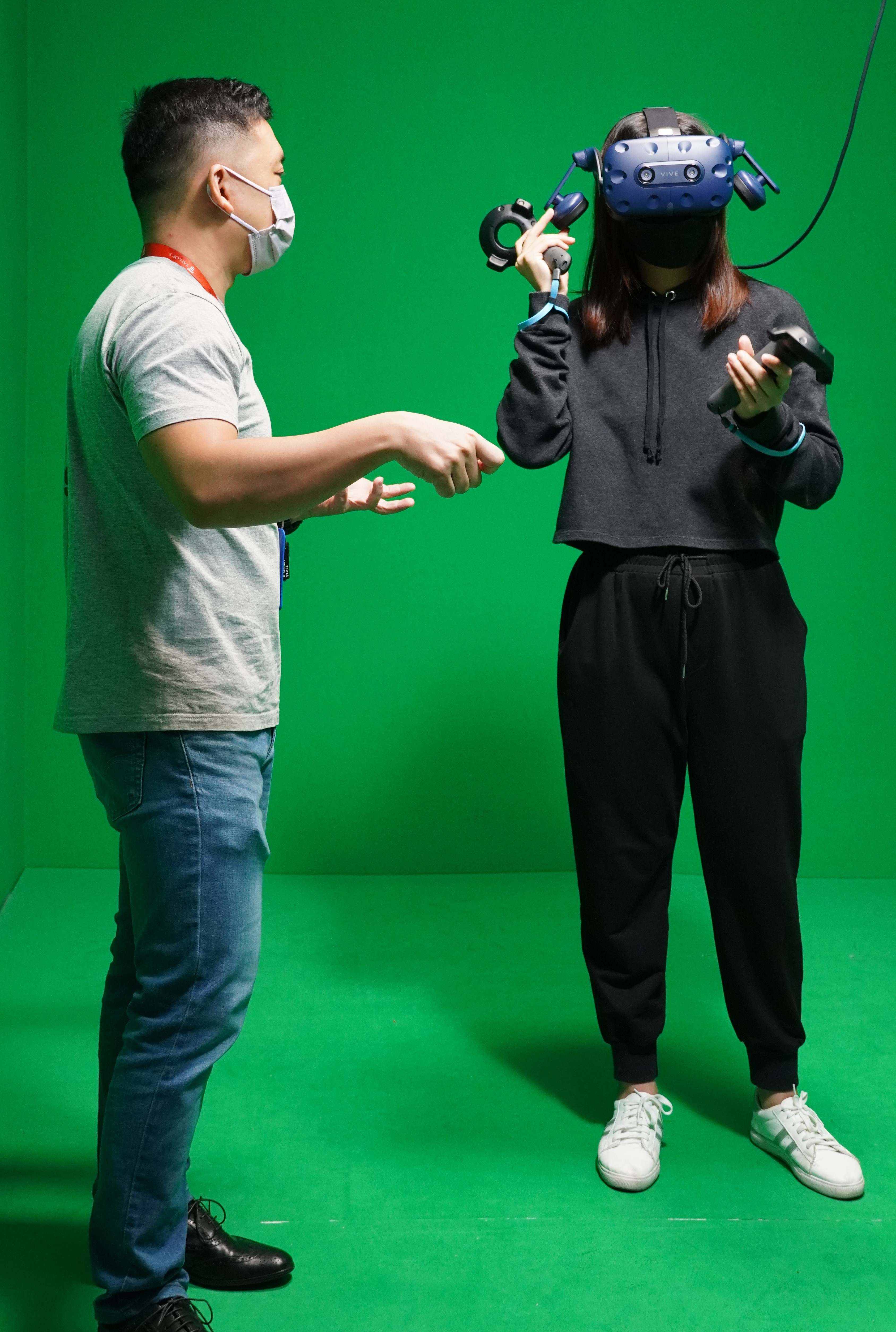What Is XR? Here's A Simple Explanation And How It Is Changing Our Everyday Lives
You might be already using it without realising!
As technology like extended reality (XR) continues to advance, the future is bound to look promising
We can already see the tech-driven elements in various aspects of our life, from gaming and medicine to shopping, and more.
But first off, what is XR?
You're probably more familiar with other immersive technologies under XR. It is basically an umbrella term that includes virtual reality (VR), augmented reality (AR), and mixed reality (MR).
Ever seen a person donning large headsets that cover their eyes, usually in gaming? It's called a head-mounted display (HDM), a typical indicator of VR.
Using computer technology to create a simulated environment, VR immerses the person in a virtual 3D world. It has uses that go beyond gaming too, such as helping people overcome phobias, and even allowing (heartbreaking) possibilities of creating a virtual version of a deceased loved one.
AR is when virtual elements overlay in the real world, think games like Pokemon Go or filters in Snapchat and Instagram. Meanwhile, blending the physical and virtual worlds with interactive elements, things like holograms can be an example of MR.
1. Shop and try out new items without leaving the house
Whether it is trying on a new shade of lipstick or planning a new living room layout, companies are increasingly moving towards AR-based tech to give customers a better shopping experience, even when they don't feel like leaving the house.
Through the use of 3D fitting technology, a camera-equipped device or body scanner makes it possible to virtually try on anything from shoes to jeans.
The fashion world even hosted the first ever Metaverse Fashion Week back in March, featuring virtual avatars with looks that were shoppable on the runways. This means you can soon expect shopping and trying on different clothes through a virtual fitting room to become more commonplace.
2. Enjoy more advanced and precise healthcare
From performing high-precision surgery using robotic devices to helping children feel more at ease during doctor appointments, XR stands to benefit healthcare practitioners, researchers, and patients alike.
VR-based surgical training helps medical students too. Thanks to immersive technology, doctors are able to hone their skills without risking the lives of actual patients.
3. Experience world-famous landmarks without leaving your house
Imagine being able to visit the Louvre Museum in France or the Taj Mahal in the Indian city of Agra. Thanks to XR, the future of travel indicates that you’ll be able to experience these locations and more, through your mobile phone or online.
In fact, places like the French National Museum of Natural History are already using Microsoft's HoloLens 2 smart glasses to bring exhibitions to live through AR.
4. Personalise car designs through a few clicks in an app
By incorporating AR, buying a car may just be an even more exciting investment for many.
Car companies like Porsche have apps that help customers come up with their dream car, from the make and model, right down to the colour and detailing. Using a 3D model in an app, you'll also be able to check out what the car looks like in real life.
5. Specialise in courses related to XR and new tech to future-proof your career
A Taylor's student uses a VR headset to practice woodworking and welding in virtual reality.
Image via Taylor's University (Provided to SAYS)Since XR tech is likely going to transform the future, learning institutions have taken note of its potential. More and more universities and colleges are adopting this in their teaching process with visualised learning and life-like simulations.
Some are going even further to offer courses that specialise in a myriad of subjects related to XR and the tech industry. This includes reputable institutions such as Taylor's University.
It's safe to say that XR's role in our lives will only continue to grow.
At Taylor's University, students will get to be part of that tech-driven future, thanks to its new VORTEX XR Lab equipped with augmented, virtual, and extended reality software and hardware.
VORTEX, which stands for Virtual Online Future Technology and Extended Reality, will allow students to engage and experience their learning in a 360° immersive manner.
Taylor's effort to drive a university-wide adoption of XR and immersive technologies in teaching, learning, and research also provides students with the exposure needed to meet the demands of the XR job market.
Taylor's VORTEX XR Lab features facilities that supports all faculties in the university, from hospitality and architecture, to medicine, culinary arts, and more
For example, Taylor's law students will have the opportunity to practice their advocacy skills in a virtual reality moot court.
Image via Taylor's University (Provided to SAYS)Developed in partnership with Malaysia's XR industry experts, students will get access to all kinds of facilities in the VORTEX XR Lab.
Taylor's RM1.2 million investment comprises a Green Screen Studio, XR applications and LED stage powered by Zero Density, Mixed Reality Immersive rooms, VR Head Mounted Displays powered by Meta Quest and HTC, and a HoloLens 2 station.
As an XR Incubation Centre, the VORTEX XR Lab provides:
1. XR services such as technical support and training for academics
2. XR action which includes XR projects, as well as seeking funding for XR products and commercialisation
3. XR advocacy and research for greater awareness of XR
According to Taylor's University Deputy Vice-Chancellor and Chief Academic Officer, Professor Dr Pradeep Nair, students expect learning to not only be flexible and personalised, but also engaging and immersive
Taylor's University Deputy Vice-Chancellor and Chief Academic Officer Prof Dr Pradeep Nair delivered his speech virtually using the XR Stage at the VORTEX XR Lab.
Image via Taylor's University (Provided to SAYS)"Gone are the days where students will just be satisfied with an information download from lecturers, and sit in class for hours. They want to see, feel, touch, and experience," said Professor Dr Pradeep, who gave a speech virtually during the launch of Taylor's VORTEX XR Lab.
"We have thus far given students physical immersion experiences — such as real-world projects, internships, or work-based learning. Now, we want to give them the virtual immersion experience, which they can repeat as many times as they want, until they have learnt what is needed," he added.
A Taylor's lecturer guides a student on how to use the VR headset in conducting a metal welding process virtually.
Image via Taylor's University (Provided to SAYS)To put simply, Taylor's predicts a shift in learning expectations, just like the massive change towards immersive experiences in a variety of industries, which is why it launched the VORTEX XR Lab — so students are better prepared for a future in the real world.
"Very soon, our architecture students will be able to conduct building site visits in VR, and our medical students will use XR to explore body anatomy," said Professor Dr Pradeep.
Visit Taylor's University's website to find out more about its VORTEX XR Lab and courses you can study
